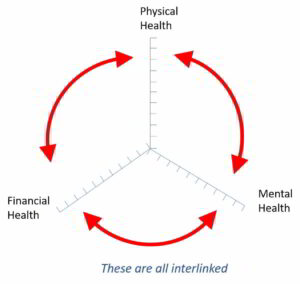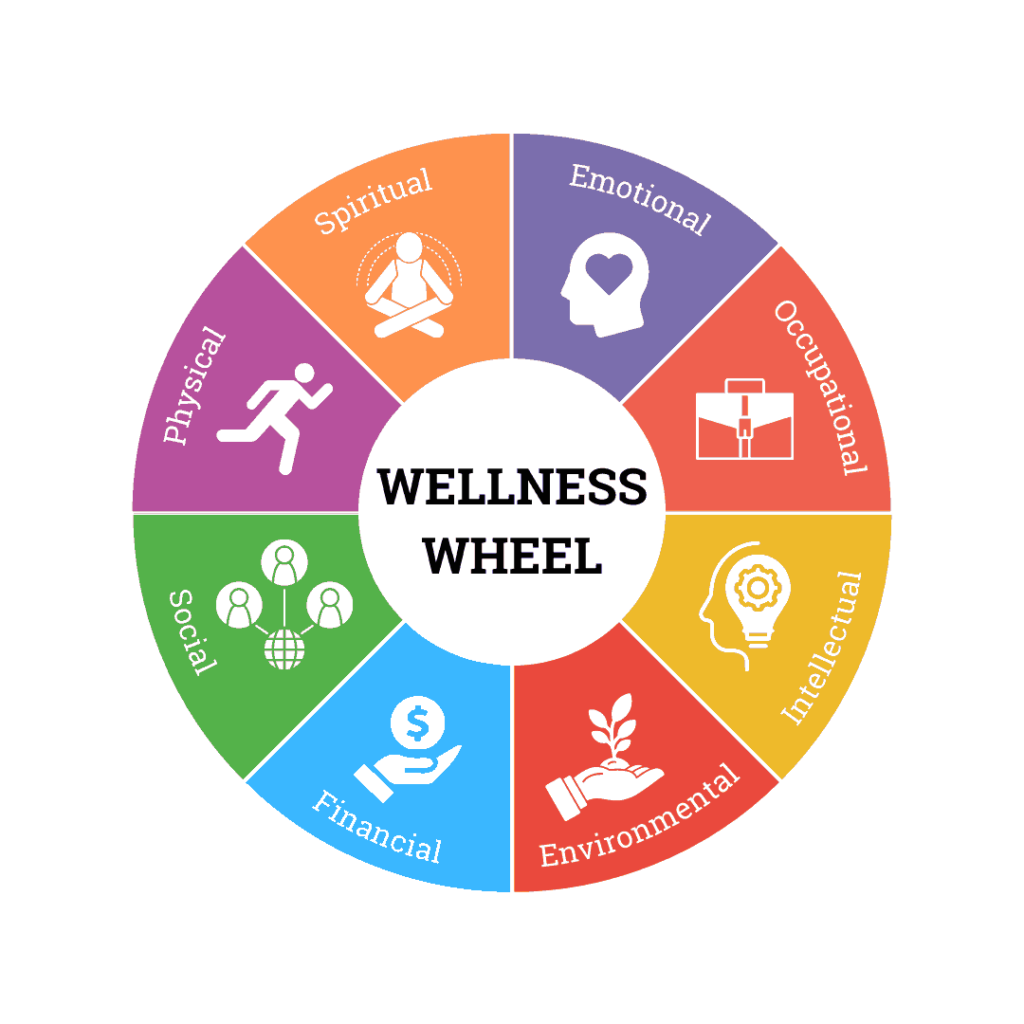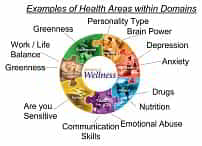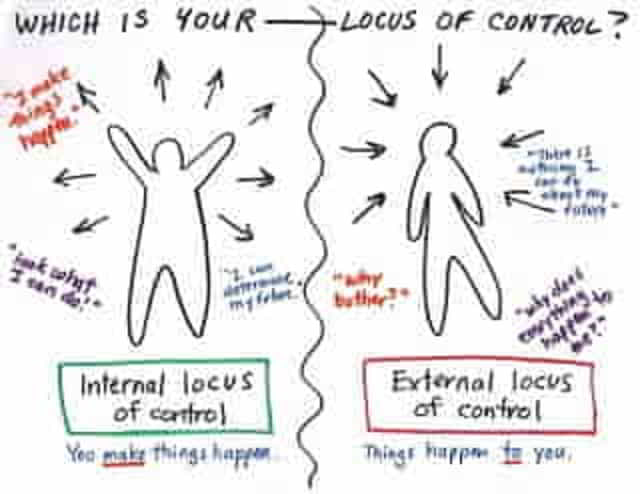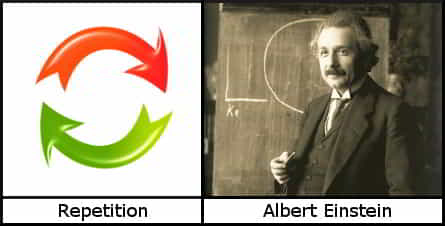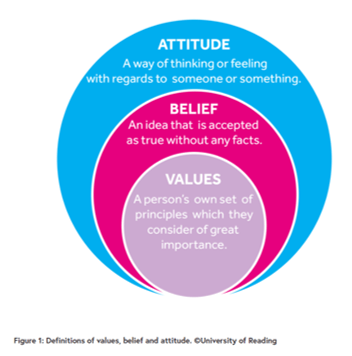Your Dashboard Tools
it's 05 Oct, 2024 5:19 am
Exercises to improve my brain power
Feeling 'foggy', uncertain or just a bit vague

field_5f0c304c72876 - is the title of the exercise
Exercise Summary
Exercise for the brain?
Ask people the best way to keep their thinking skills sharp as they grow older and many would say keeping the mind active. But is this true? Dr Alan Gow of Heriot-Watt University, as part of the Staying Sharp series, looks at the evidence.
For now, the evidence for specific ‘brain training’ programmes remains inconclusive.
If you do games and puzzles because you enjoy them, then certainly continue.
In terms of what might offer the most benefit to help keep our thinking skills healthy as we age, research still has a lot of questions to address. But taking up new activities is probably worthwhile.
We can’t say for certain which activities might definitely help keep your thinking skills sharp, but doing hobbies and activities that we enjoy is important for quality of life and wellbeing anyway.
Myths of brain exercise; It is not about quizzes, crosswords and puzzles. These are just a small part of brain exercise and not everyone’s cup of tea.
Taking an ordnance survey map and going on a different walk for 5 miles over territory is just as challenging as doing a crossword.
Reading and memorising a series of poems is just as brain stimulating as a quiz.
Watching a YouTube on the lost Egyptian tombs which also includes more research on Google is a brilliant way to stimulate the brain.
Brain stimulation and development is different in everyone. Everyone has a different way of learning and we should not be restricted to norms.
You may have a job that is quite mundane and repetitive and decide to volunteer as a counsellor, or first responder, or join a reading group, bellringers association, gardening design, renovate your home, research your family history. All these things are brain draining and require energy and activity. One could even say it’s more stimulating that sitting in a chair doing a boring crossword.
Brain exercise is about you and keeping that grey matter active, whatever it is.
Feeling ‘foggy’, uncertain or just a bit vague
Be sharper and more in focus
Main Activity
Set a plan to learn new things
Use it or lose it?
The belief that ‘exercising’ our brains through mentally stimulating activities like puzzles, games and hobbies makes a lot of sense – if we want our brain to stay in peak condition, we should use it.
In fact, one of the theories about reducing or delaying cognitive ageing is referred to as the ‘use it or lose it’ theory. It’s a popular idea, but is it that straightforward?
Chicken or egg?
Studies of cognitive ageing often get people in older age to complete various tests of their thinking skills and provide details about the activities they regularly take part in. Almost all of those studies find that the people who do more mentally stimulating activities have better thinking skills in older age.
Why is this? One possibility is that the mental demands involved in taking part in stimulating activities keeps people’s thinking skills sharper. However, it could be the other way round: that people who have retained their thinking skills better in older age are more able to keep taking part in more mentally demanding activities. Even in studies that follow people over time, it is often difficult to tell these options apart.
And there’s a third possibility – that people who do more mentally stimulating activities in older age are those who had higher thinking skills to begin with, that is, from childhood onwards.
It’s clear from a number of studies that mentally stimulating activities are associated with better thinking skills in later life but we are still building the picture as to why and how, and what sort of activities lead to real benefit. More research is needed on different types of activities to test this.
Brain training on trial
The ‘use it or lose it’ idea is behind the growing market for so-called ‘brain training’ products. These are often computer-based games or tasks specifically designed to be mentally stimulating. The products are popular but there is controversy over whether brain training really does protect thinking skills in later life.
A group of leading research experts has argued that evidence that brain training can help combat cognitive decline as we grow older is limited. Their view was that people who play these games get better at them but might not see improvements in their thinking skills more broadly.
In January 2016, one of the biggest companies selling these products was fined by the US government Federal Trade Commission for making claims that weren’t supported by evidence and that, in the Commission’s words, ‘preyed on consumers’ fears about age-related cognitive decline’.
Do more of the same, or do more?
Various broader research studies have looked beyond the effect of specific brain training programmes, or specific types of games and puzzles.
For activities to be effective in maintaining or improving our thinking skills as we age, they might need to challenge us in new ways according to these studies. That is, the most beneficial activities for us in later life might be doing things we’ve never done before.
One of the biggest studies had participants learning either digital photography or quilting, for example. The results suggested that the people in these ‘productive-engagement’ groups experienced benefits in terms of their memory performance.
Although the evidence on the benefits for our thinking skills is still incomplete, there are good reasons anyway for taking up entirely new activities – benefits such as increased engagement with other groups of people and the development of new skills.
There is evidence to say that keeping our social relationships active and doing hobbies and activities that we enjoy are important to maintaining quality of life and wellbeing in older age.
The following list was drawn up by Thomas Smale and published by Entrepreneur EUROPE:
8 Ways to Improve Your Brain Power
Exercise. We all know that we should be getting regular exercise.
Drink coffee. Many people start their days with a cup of coffee, and it turns out this ritual could actually benefit your cognitive functions in the short term.
Get some sunlight.
Build strong connections.
Meditate.
Sleep well.
Eat well.
Play Tetris.
Video
Title
Summary
Play
Now you have to decide if you want this exercise to be part of your action plan.
If you don’t, then either hit the back arrow or click the button to go back to look at another exercise.
If you do, then carry on down the page and follow the instructions.
If you want to include this exercise in your action plan, select Yes from on the right then click the green button saying ‘Include this exercise’.
Sadly you’ll go back to the top of this page – please scroll down and fill in the bits that appear before here.
Select the action plan you are working on
See the action plans you have created, and click the button to copy the action plan title in the one you want to associate this exercise with. A box will appear with the name of the action plan shown – click the grey button to the left of it. It will wobble and this will copy the title of the action plan into the clipboard. Then hit the X in the top corner to close that box.
Then click below where it says ‘Paste here’ and right click to paste the action plan title into the box and press the green button.
Test34 action plan called Before yoga
I need to prove how smart I am
LindaB action plan called test action plan
This is a test issue
Linda Contributor action plan called Testing an action plan
Test10 action plan called Testing new action plan
LindaB action plan called Let’s do this!
I feel I am too reserved and quiet and want to become more outgoing and deal with people better
Now you’ve copied the action plan title, paste it on the right and press the green button. After a short pause you will be taken to a page where you will set up your own version of this exercise.
Please bear with us while we set up your own version of this exercise. It will take a short while.
Now you’ve planned your exercise, you will be sent to the page for monitoring how you’re getting on with it.
Press the green button every time you want to add details of when you do the exercise. When you’ve decided how you feel about the exercise, you can fill in the last bits saying how you found it, then press the ‘Update Your Exercise’ button.
Add a comment
You can leave a comment below – we’ll get back to you.
